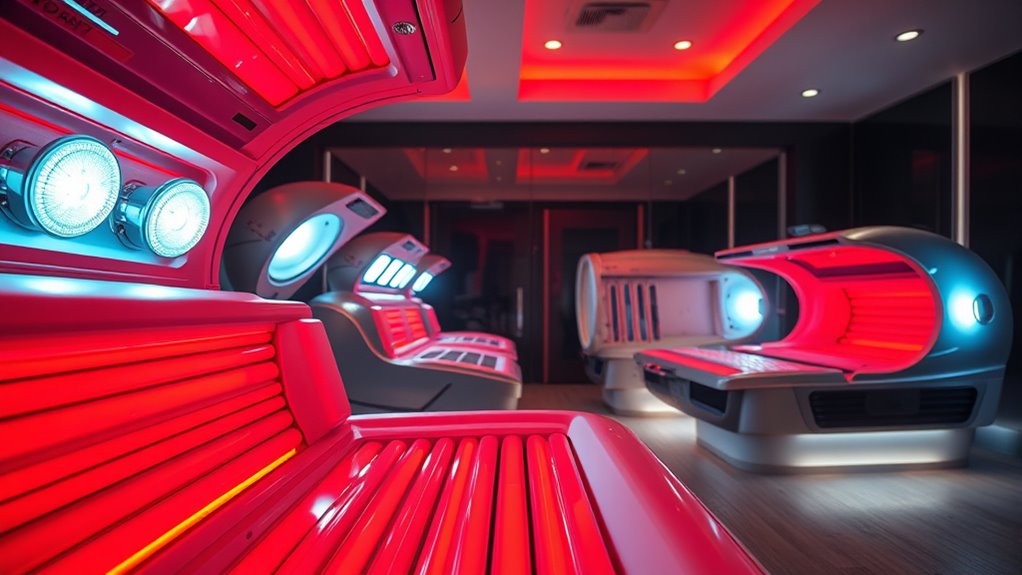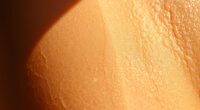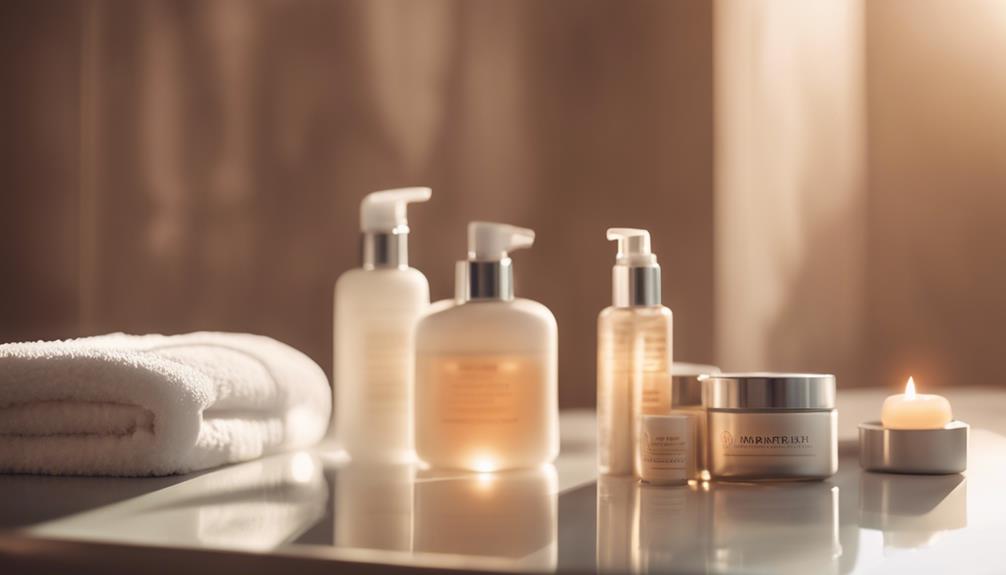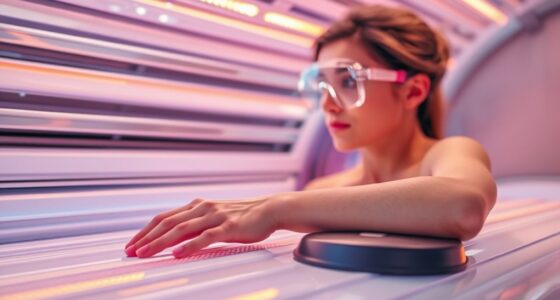The evolution of tanning beds has shifted from early UV lamp-based models, which used UV rays for tanning but posed skin risks like aging and cancer, to safer red light technology. Red and near-infrared lights now promote skin health by boosting collagen and reducing inflammation without UV exposure. Modern beds often combine both systems for customizable, safer tanning options. If you want to explore how these innovations continue to improve, there’s more to uncover.
Key Takeaways
- Early tanning beds relied on UV lamps, mimicking sunlight but posed risks like skin damage and cancer.
- Recognizing health hazards led to innovations reducing UV exposure while maintaining tanning effects.
- Red light technology emerged as a safer alternative, promoting skin health without UV radiation.
- Hybrid beds combine UV and red light, allowing customizable, safer tanning options tailored to individual needs.
- Ongoing research focuses on safer features and advanced technologies to further minimize health risks in tanning devices.
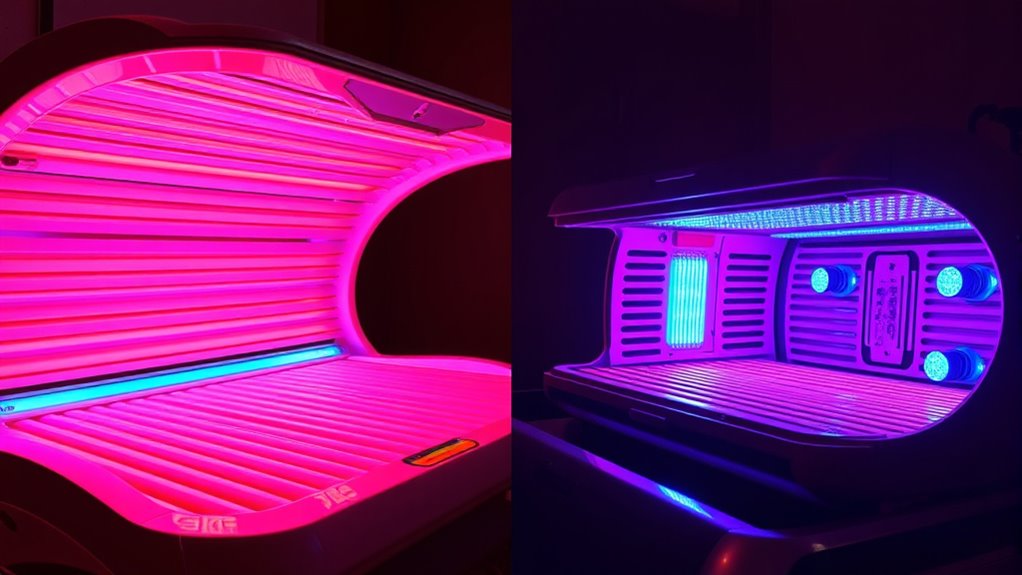
The evolution of tanning beds reflects a continuous effort to provide safer, more effective ways to achieve a sun-kissed glow. Early tanning beds relied heavily on UV lamps, which emit ultraviolet radiation similar to the sun. While they offered a controlled environment to tan indoors, you had to be mindful of UV exposure, as overexposure could damage your skin and increase the risk of skin health issues, including premature aging and skin cancer. Recognizing these risks, manufacturers and researchers sought ways to reduce harmful UV radiation while still delivering a desirable tan. This led to innovations aimed at balancing aesthetic results with health considerations.
Modern advancements have brought red light technology into the spotlight. Unlike traditional UV-based beds, these systems use specific wavelengths of red and near-infrared light, which penetrate the skin more gently and promote cellular activity without the risks associated with UV exposure. When you use these newer beds, you’re not exposed to harmful UV rays, making the experience safer for your skin health. Red light therapy has been shown to stimulate collagen production, improve skin elasticity, and reduce inflammation, all without compromising your skin’s integrity. This shift towards non-UV options demonstrates a commitment to reducing health risks while still offering a cosmetic benefit.
Furthermore, the development of hybrid tanning beds combines UV and red light technology, giving you the flexibility to choose the level of exposure based on your skin type and health considerations. These options can be tailored to minimize UV exposure while still providing a tan, helping you avoid the cumulative skin damage caused by prolonged UV radiation. As technology advances, you’ll find that these systems incorporate features like adjustable timers, protective eyewear, and skin sensors, all aimed at reducing overexposure and promoting skin health. Additionally, ongoing research into AI security vulnerabilities underscores the importance of integrating safety features that can adapt to individual needs and prevent misuse.
Frequently Asked Questions
Are Red Light Tanning Beds Safer Than Traditional UV Beds?
You might think red light tanning beds are safer than traditional UV beds, and they generally pose fewer UV risks. Unlike UV beds, red light technology doesn’t cause skin aging or increase skin cancer risk as much. While they still promote a tan, they’re gentler on your skin. However, it’s essential to remember that no tanning method is completely risk-free, so always follow safety guidelines and consult with professionals.
How Do Red Light Therapy Benefits Compare to Natural Sunlight Exposure?
Imagine you’re in a vintage 1920s photo, but today, red light therapy offers modern benefits. Compared to natural sunlight, red light promotes Vitamin D synthesis safely and reduces skin aging without harmful UV rays. Unlike sun exposure, which risks burns and wrinkles, red light penetrates deeper, stimulating cellular repair. You get healthier skin and better Vitamin D levels, all while avoiding the skin damage caused by prolonged sun exposure.
What Are the Long-Term Effects of Using Red Light Tanning Beds?
Using red light tanning beds may lead to potential skin aging over time, as prolonged exposure can still affect your skin’s collagen. Additionally, there’s a chance of hormonal impact, possibly influencing hormone levels or skin responses. While they’re considered safer than UV-based beds, it’s wise to limit use and monitor your skin’s response to avoid long-term effects like premature aging or hormonal imbalances.
Can Red Light Technology Help With Skin Conditions Like Acne or Psoriasis?
Did you know that over 50% of people with acne or psoriasis find red light therapy effective? You can use red light technology as an innovative acne treatment and psoriasis management option. It helps reduce inflammation and promotes healing without harmful UV exposure. So, if you’re seeking a safe, non-invasive solution, red light therapy might be a promising choice for improving your skin condition.
Are Red Light Tanning Beds Suitable for All Skin Types?
Red light tanning beds are generally suitable for most skin types, but you should consider skin type compatibility before use. People with darker skin tones might experience less noticeable pigmentation effects, while lighter skin types could see more pronounced changes. Always start with a short session to monitor your skin’s response and consult a dermatologist if unsure. This way, you can enjoy benefits safely without risking unwanted pigmentation effects.
Conclusion
As you can see, tanning beds have come a long way from traditional UV lamps to advanced red light technology. Did you know that red light therapy can boost collagen production and improve skin health without the harmful UV rays? This evolution not only offers safer options but also enhances your skincare experience. So, next time you consider tanning, remember how science is continually shaping safer, more effective ways to achieve that sun-kissed glow.
